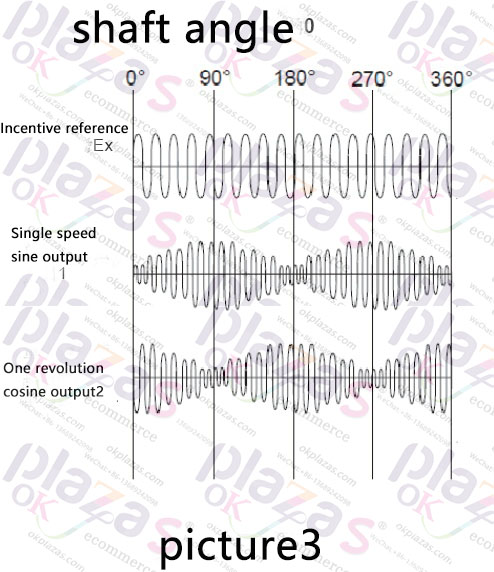Resolver
Resolver
Resolver is referred to as "resolver", which is a more professional name in China. Resolvers are mainly used in motion servo control systems, as angular position sensing and measurement. Early resolvers were used in calculation and analysis devices, as one of the main components in analog computers. The output is an electrical signal that changes as a function of the rotor angle, usually sine, cosine, linear, etc. These functions are the most common and easy to implement. When the winding is specially designed, it can also produce some special functions of electrical output. But such functions are only used in special occasions and are not universal.
Similar to encoders, resolvers are also rotating electromechanical devices that convert mechanical motion into electronic signals. But unlike the encoder, the resolver transmits analog signals instead of digital signals. In terms of structure, the resolver is composed of one primary winding and two secondary windings whose phases are mechanically 90°, as shown in Figure 2. The output signal of the resolver requires a signal input circuit that the controller can convert the analog signal.

One of the parameters of the resolver is the number of poles. Figure 3 shows the output of a single-speed resolver. The number of magnetic poles is equal to the number of amplitude-modulated sinusoidal cycles for one revolution of the resolver. The multi-stage resolver is realized by increasing the number of magnetic poles in the rotor and stator equally. The maximum speed is affected by the size of the resolver and is generally used to improve accuracy. A single-speed resolver is essentially a low-precision single-turn absolute device. As the speed output increases, the resolver will also lose absolute position information. If space permits, adding a single-speed resolver to a multi-speed resolver can improve accuracy and obtain absolute position output.

Due to the similar structure (windings, laminations, bearings and brackets) to the motor, the resolver can be used for heavy-duty applications. Because it does not have circuit hardware, it can operate at more extreme temperatures. Because it does not have optical components and does not require precise alignment, it can withstand more shock and vibration. Because it does not have optical components and circuit hardware, it can be used in high radiation environments. The resolver has passed the test of time, but the analog signal output limits its range of use. Resolvers are most commonly used in AC permanent magnet brushless servo motors, military and aerospace applications.





